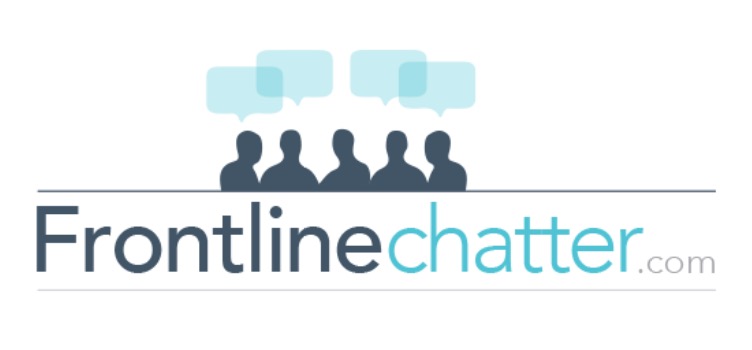Recently at Citrix Synergy, FSLogix announced a new feature code named Project Flux. Project Flux is a much needed and awaited feature in the non-persistent virtual desktop world. As applications move to cloud based infrastructures like Office 365 and the distance between client and server infrastructure grows, applications can suffer from poor performance issues. Things have been done to try and band aid this issue by redirecting folders to local file shares such as Application Data or just redirecting the caching portion of the application in applications such as Outlook or Lotus Notes. The problem with redirecting Application Data or just the caching portion of the application is we aren’t really solving the problem. The application can and will suffer from poor performance. I say can and will because at smaller scale things may seem ok, but what happens when you try to scale? The problem comes back or things get worse when another piece of infrastructure, like a file server, becomes overloaded during peak usage times of the day. So how does FSLogix solve this problem? With Project Flux!
A chat with Thomas Willingham, Technical Product manager for Remote Desktop Services on what we can expect in Windows Server 2016.
 And we’re back! In this episode of FrontLine Chatter, we’re joined by a Microsoft veteran Thomas WIllingham who is a Technical Product Manager for Microsoft Remote Desktop Services.
And we’re back! In this episode of FrontLine Chatter, we’re joined by a Microsoft veteran Thomas WIllingham who is a Technical Product Manager for Microsoft Remote Desktop Services.
Microsoft RDS is a platform for most of what we build today in desktop virtualisation projects and with the Windows Server 2016 release looming, we had the awesome pleasure of catching up with Thomas on what we can expect in Server 2016 and Remote Desktop Services.
In this episode we had the pleasure of talking to Thomas about the following topics:
- Thomas’s journey from consultant, to trainer, to Microsoft and Ultimately the RDS team.
- Open GL and Open CL support in 2016
- Microsoft Multipoint services, what’s the use case?
- Are Microsoft looking at vGPU style implementations?
- Will GPU pass from Hyper-V as well as bare metal?
- Personal Session Desktops, whats going on here?
- Infrastructure improvements to RDS for better scalability.
- Should this licensing model change?
- Could we expect Image management for RDS soon?
- Microsoft and Unidesk strategy.
- Windows continuum, where is the play here?
- Is it a nirvana thin client?
- Will the new release schedule differences between 10 and 2016 cause a parity gap?
- Nano server and RDS infrastructure.
[soundcloud url=”https://api.soundcloud.com/tracks/227677583″ params=”auto_play=false&hide_related=true&show_comments=true&show_user=true&show_reposts=false&visual=false” width=”100%” height=”120″ iframe=”true” /]
Rory Monaghan on Unidesk, App Volumes & EUC application compatibility
 In our first ever Podcast, Jarian and Andrew invited MVP, Application compatibility expert and all round “wise guy” Rory Monaghan to come on and talk to us about layers, isolation and compatibility!.
In our first ever Podcast, Jarian and Andrew invited MVP, Application compatibility expert and all round “wise guy” Rory Monaghan to come on and talk to us about layers, isolation and compatibility!.
Rory is a very active member of the End User Computing community, via both Twitter and the Microsoft Application Virtualisation forum.
In this episode Jarian & Andrew had the pleasure of talking about the following with Rory:
- Rory’s upbringing in IT.
- how Rory got to where he is today.
- The layout of the Application compatibility industry.
- Unidesk simplifying application deployment
- Unidesks Hyper-V tech preview.
- VMwares new aquisition App Volumes.
- Fslogix.
- Cameyo.
- Other random banter.
- and of course, with two irish guys on the call, potato’s.
[soundcloud url=”https://api.soundcloud.com/tracks/189642504″ params=”auto_play=false&hide_related=true&show_comments=true&show_user=true&show_reposts=false&visual=false” width=”100%” height=”120″ iframe=”true” /]
Check back next week for our next episode where we talk to Kees Baggerman about his first 3 months in Nutanix, the user environment virtualisation space and VMware’s Immidio acquisition.





